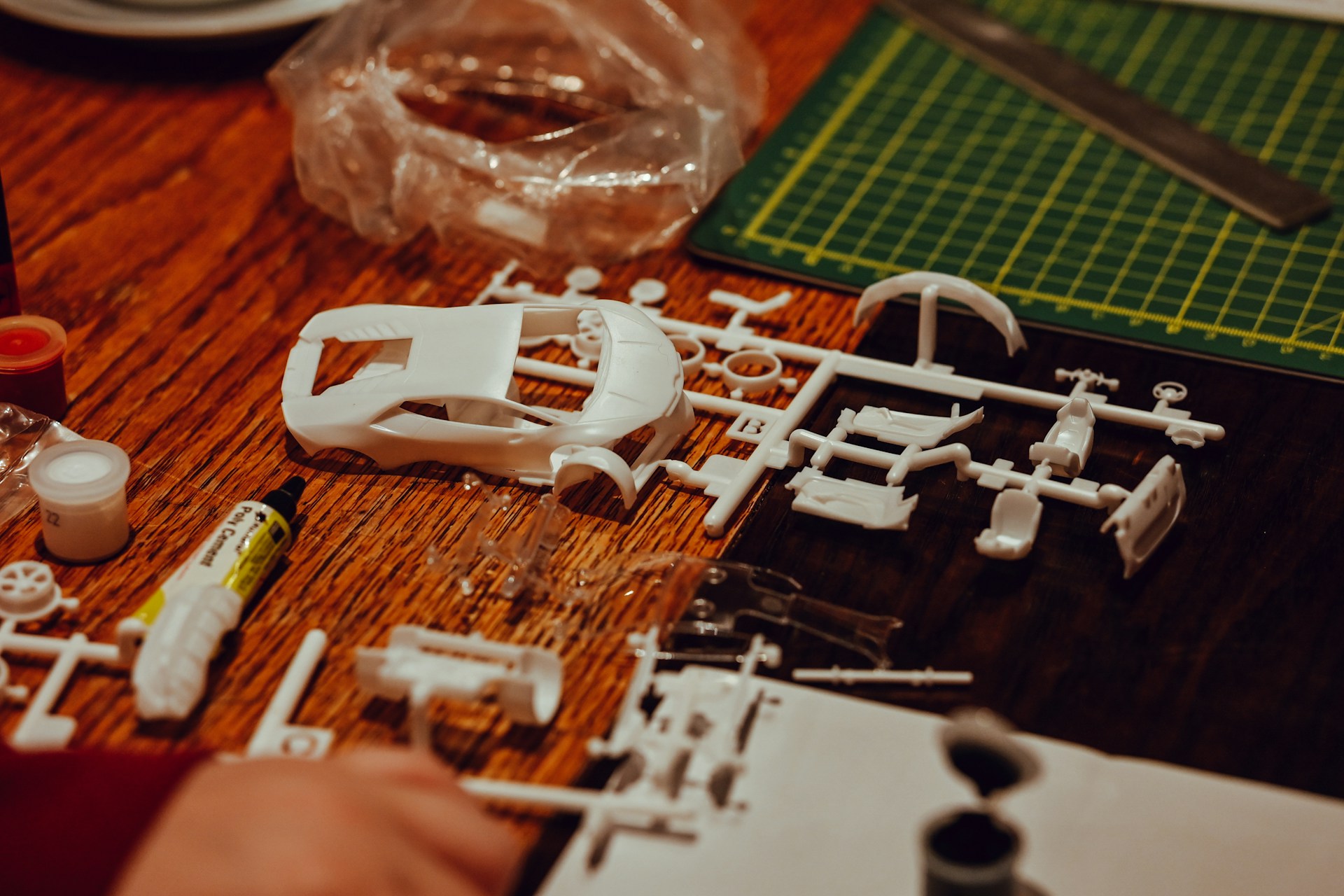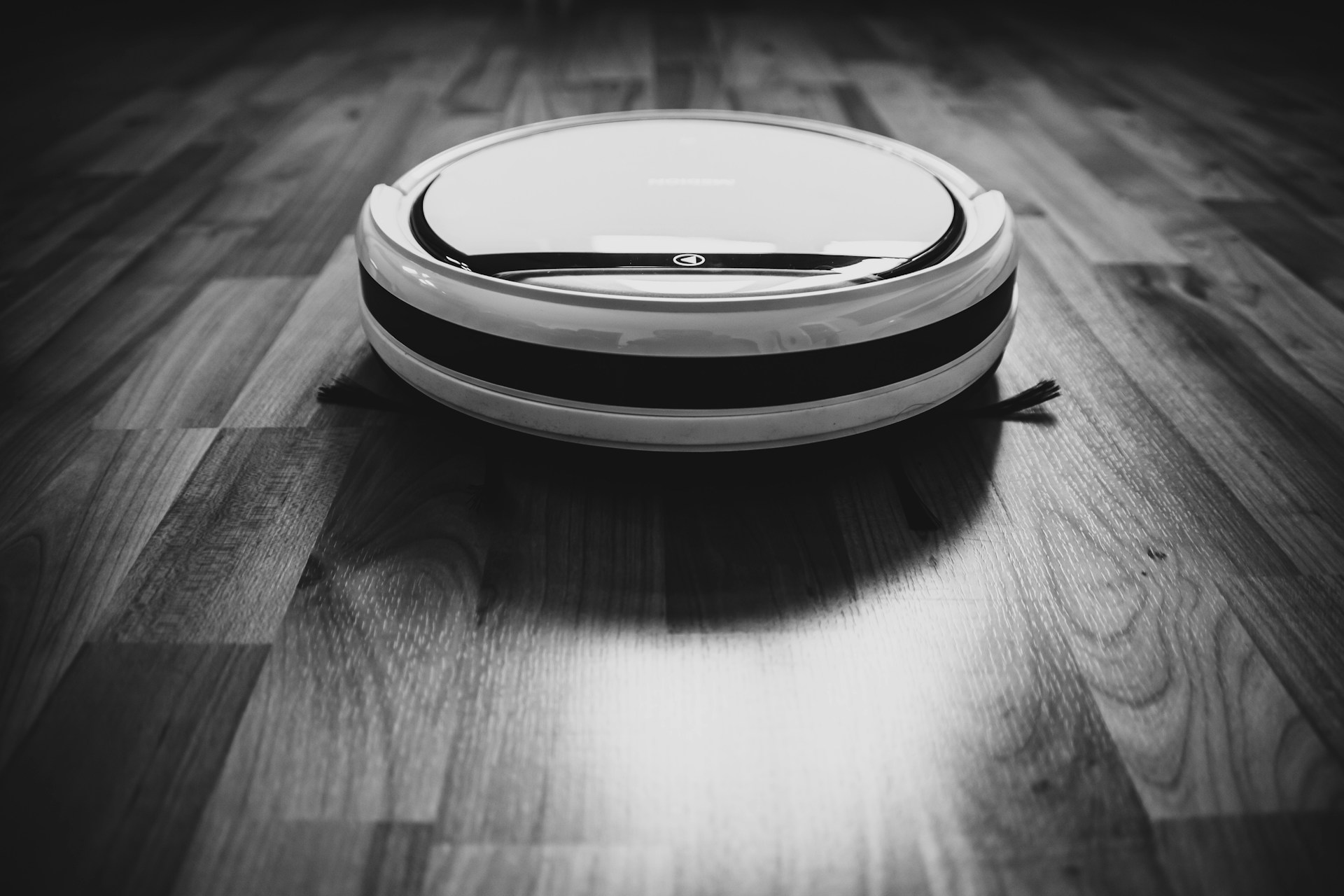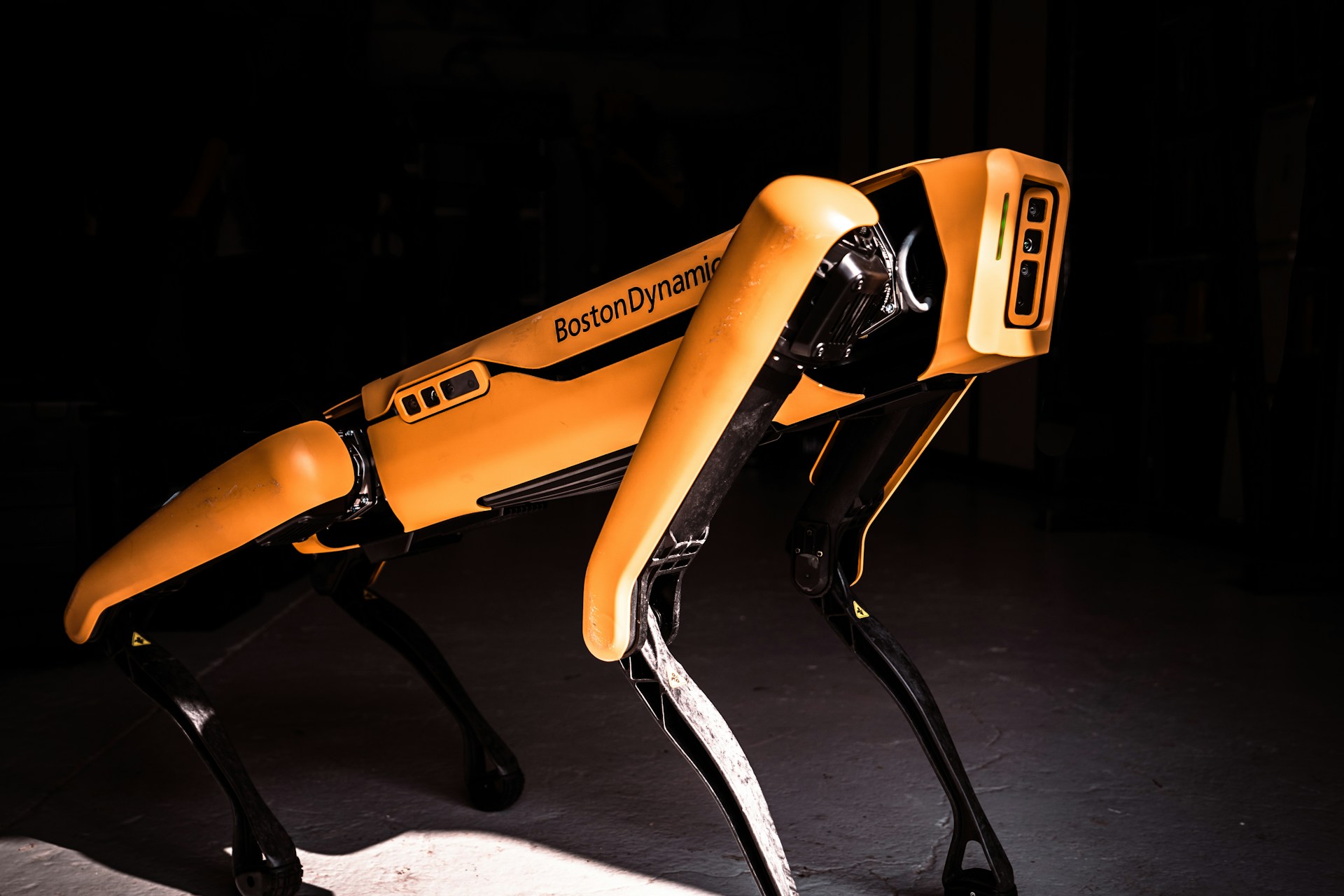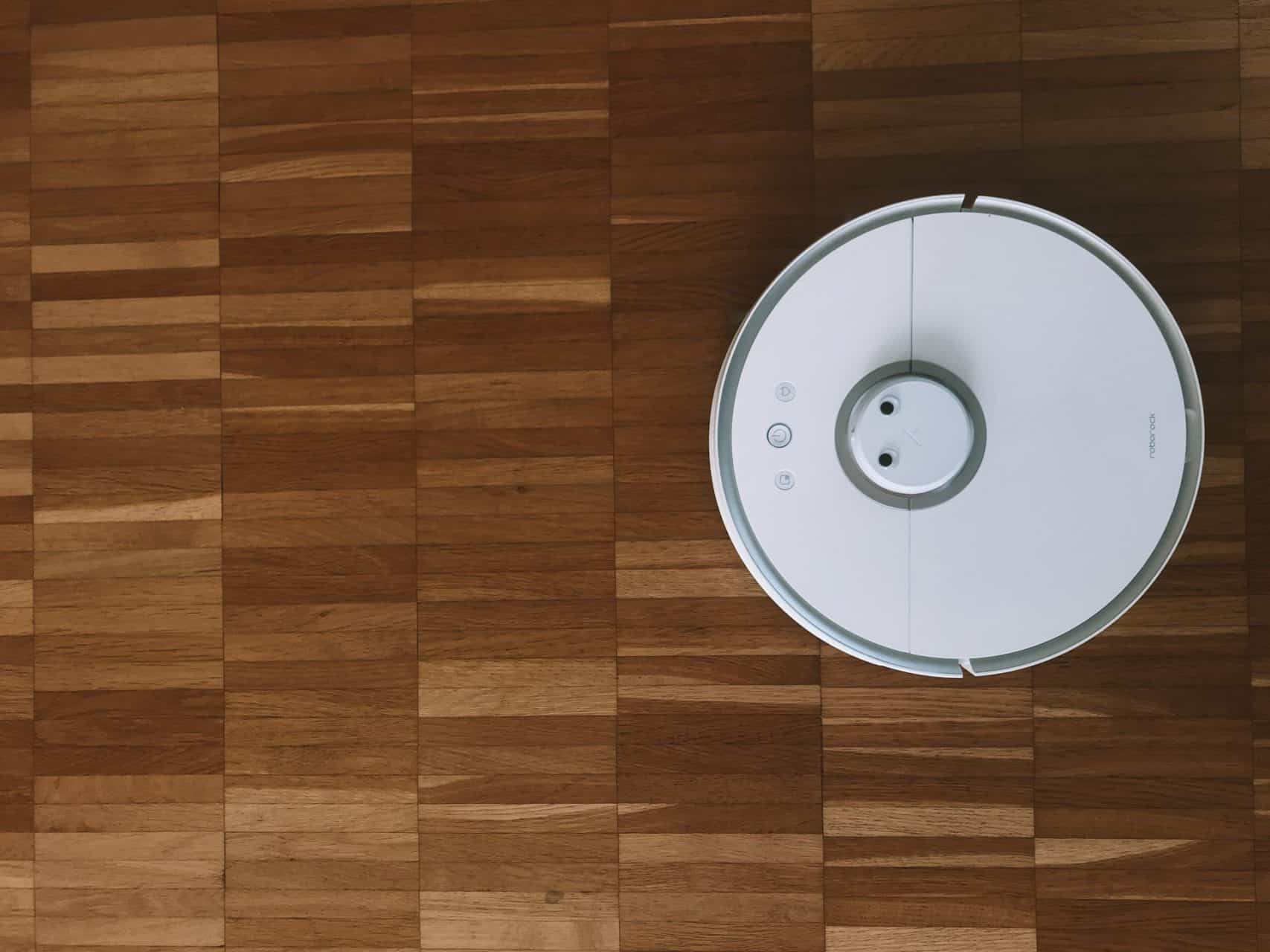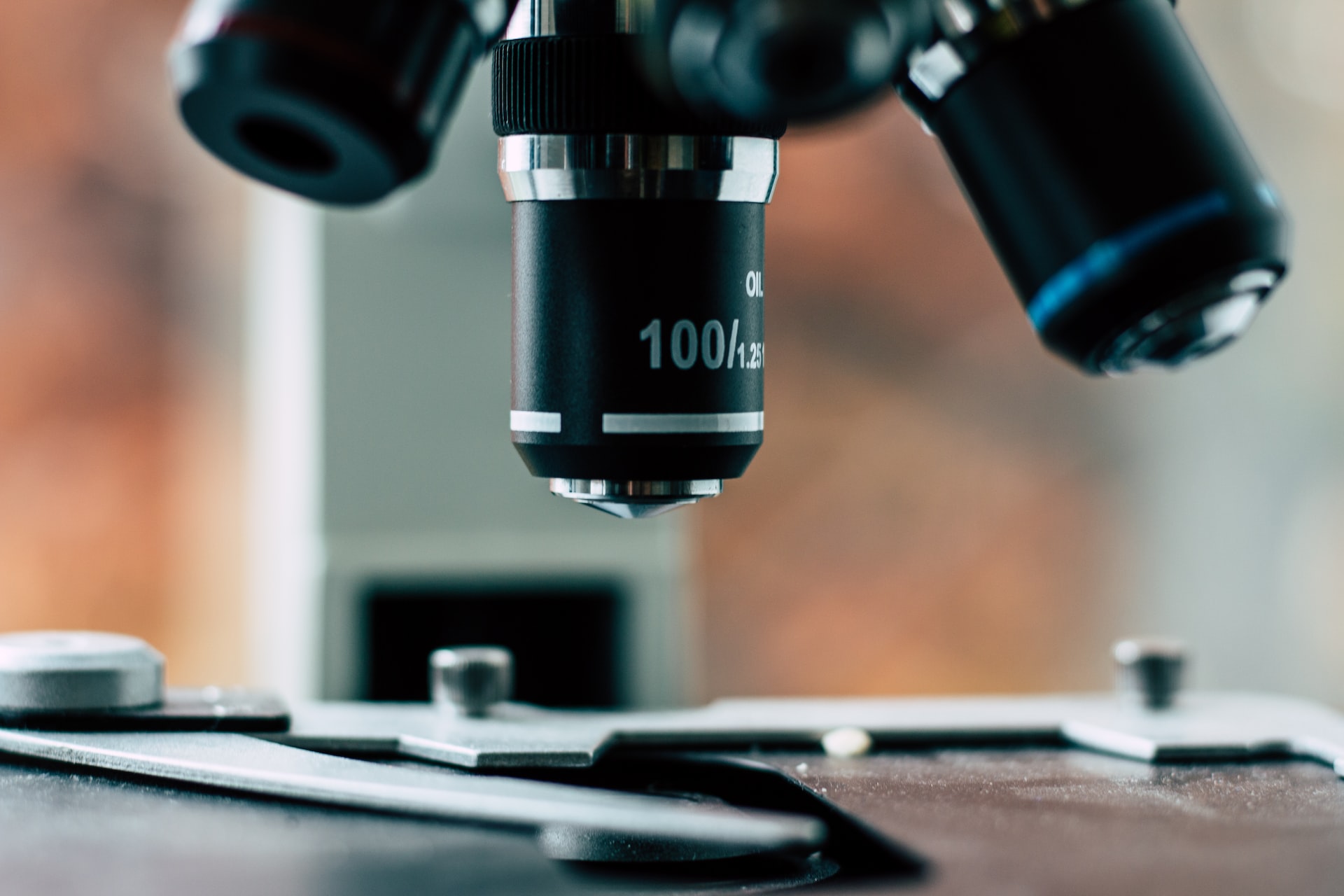
How Are Nanobots Made? Understanding Nanotech Problems and Solutions
February 22, 2023 - Lou Farrell
Revolutionized is reader-supported. When you buy through links on our site, we may earn an affiliate commission. Learn more here.
The field of nanorobotics, and nanotechnology in general, is constantly expanding. As a result, there are already several different kinds of nanobots, each with a particular structure and unique capabilities. Let’s explore the basic types of nanobots and the challenges and breakthroughs associated with them to answer the question: How are nanobots made?
What Are Some Types of Nanobots?
Here’s a look at some of the basic types of nanobots:
1. Switches
Switch-based nanobots change their shape and function based on environmental factors in a process known as conformal change. These changes correspond to the values for “on” and “off.” That way, these nanobots can instigate and direct chemical reactions and reactions based on temperature or light parameters.
2. Motors
Nanorobotic motors, or nanomotors, take the functions of nanorobotic switches to the next level. When environmental factors instigate a conformal change, nanorobotic motors harness the energy generated by that change to create thrust for mobilization. Manipulating this energy also makes the motor capable of affecting surrounding molecules in the body.
3. Shuttles
Shuttles are a type of nanomotor capable of bringing needed drugs and other chemicals to specific regions of the body. As nanomotor technology improves, these shuttles will traverse more of the body and seek out more specialized tissues. That, in turn, will bring about harder-to-elicit effects.
4. Cars
Don’t let the name fool you – nanorobotic cars are among the most advanced types of nanobots we have right now. These bots use electromagnetic or chemical prompts to automatically navigate their environment and respond to changes within the body. Those prompts can be either naturally occurring in the body or instigated by medical personnel.
How Nanobots Are Created
Now that we have a basic understanding of some of the typical nanobot structures, we can move on to a more precise answer to the question: “How are nanobots made?”
Most modern nanobots are little more than handpicked molecules. These molecules are crafted to respond to manipulation and bodily conditions in order to accomplish a basic goal. More complex nanobots can be made by joining together simple molecules and manipulating them with chemical processes.
To get a sense of how difficult it is to manipulate materials at the nano scale, consider IBM’s 1989 effort to spell out the company name using individual atoms. They managed to create the smallest corporate logo ever seen but also demonstrated that operating at the nano scale is an extremely challenging prospect.
To understand how nanobots are made, let’s go through the challenges involved in designing them.
Challenge 1: Locomotion
Nanobots require these basic components to function:
- Transportation mechanism
- Internal processor
- Fuel unit for propulsion
It’s wildly challenging to miniaturize these components down past the macro scale – approximately 5–6 millimeters or so – and into the nano realm.
One way to build a simple but effective combination transportation and fuel unit in a nanobot involves radioactivity. Engineers are exploring ways to attach nanobots to a film of radioactive particles. Radioactive particles naturally decay, and this process would yield energy the nanobot could leverage for locomotion. Such a mechanism would never need replenishing; the atomic power would circulate within the fuel cell indefinitely.
Challenge 2: Material Sciences
The challenge remains: How can engineers build a robot small enough to provide not only predictable but also highly specialized functionality at the nano scale? Most metals aren’t ideal for this because their physical characteristics aren’t consistent between the macro and nano scales.
Silicon is likely to remain the material of choice for nanotechnologists. Some nanobots already use “legs” fashioned from silicon transducers to achieve locomotion.
There’s another even more impressive avenue available for building nanobots: DNA. DNA nanotechnology is a quickly advancing field of its own, and we’re already seeing fascinating overlap between nanobots and DNA nanotechnology.
We may not need to worry about metal or silicon for fashioning nanobots in the near future; scientists are well underway on projects intended to use biological molecules – especially DNA – to build nanobots that can self-assemble, self-replicate, and fashion themselves into larger and more complex structures.
A team from the University of New South Wales (UNSW) Sydney believes this is the future of how nanobots will be made. Using biological molecules to built a robot, and using DNA to program it with very specific behaviors, side-steps a lot of the pain points described above, like being able to predict how various materials will behave at the nano scale. DNA already functions at that scale, and humans are getting better all the time at manipulating it to our ends.
Challenge 3: Equipping Nano-Scale Medical Tools
If you’re designing and building a nanobot, it’s probably because you have a specific problem to solve or a particular treatment to administer. How are nanobots made? It begins with a clearly stated goal, and then engineers iterate on different designs until they reach a configuration that provides the desired results.
These are some of the nano-scale medical tools nanobots must be able to carry to complete their objectives within the body:
- Payload section: A place to store a vaccine, drug, or antidote so the nanobot can take it to the organ or body region in need of treatment.
- Camera: To date, the smallest camera ever designed is about the size of a grain of salt. This camera – a product of Princeton University and the University of Washington – should have a huge impact on the nanobot industry. Cameras facilitate nanobot navigation as well as remote medical imaging.
- Capacitor: These generate electrical energy by interacting with electrolytes in the blood. This can serve multiple functions, including “starving” cancerous cells of their blood supply.
- Lasers: Scientists have achieved nano-scale laser designs that can operate autonomously within the body for days at a time. This will soon enable specialty treatments involving the excision of diseased or damaged tissues.
- Ultrasound: Nanobots are capable of carrying ultrasonic signal generators. These simple mechanisms give off electrical impulses that help the ‘bot make sense of its surroundings and identify areas that need treatment, like cysts or gallstones.
Where Do Nanobots Go From Here?
Economic prognosticators believe the market for nanobots and related technologies will reach a value of $21.45 billion by or before 2030 after growing 16.8% each year between 2022 and 2030.
Why? Because there’s a long list of difficult-to-solve challenges facing the medical community at this time, several of which nanobots appear tailor-made to address.
One of the opportunities mentioned above is the challenge of creating more advanced nanomotor shuttles to bring chemicals and medications to specialized structures of the body. One such challenge involves crossing the blood-brain barrier – a hurdle that has long prevented the medical community from pursuing certain types of treatments.
Nanoparticles and nanobots look like they’re ready to step into this under-explored realm at last. Researchers from the Massachusetts Institute of Technology (MIT) are actively testing multiple nanoparticle designs that could help glioblastoma patients, among others.
Hundreds of drug and treatment trials have failed to yield a viable treatment for this kind of brain tumor, but the MIT team is hopeful they’ve cracked it using something called microfluidic modeling. Nanobots in the future could leverage these findings to deliver even more specialized treatments to parts of the body that are terribly difficult to treat using conventional means. Right now, the human brain is at the top of this list.
Revolutionized is reader-supported. When you buy through links on our site, we may earn an affiliate commission. Learn more here.
Author
Lou Farrell
Lou Farrell, Senior Editor, is a science and technology writer at Revolutionized, specializing in technological advancements and the impacts on the environment from new developments in the industry. He loves almost nothing more than writing, and enthusiastically tackles each new challenge in this ever-changing world. If not writing, he enjoys unwinding with some casual gaming, or a good sci-fi or fantasy novel.
